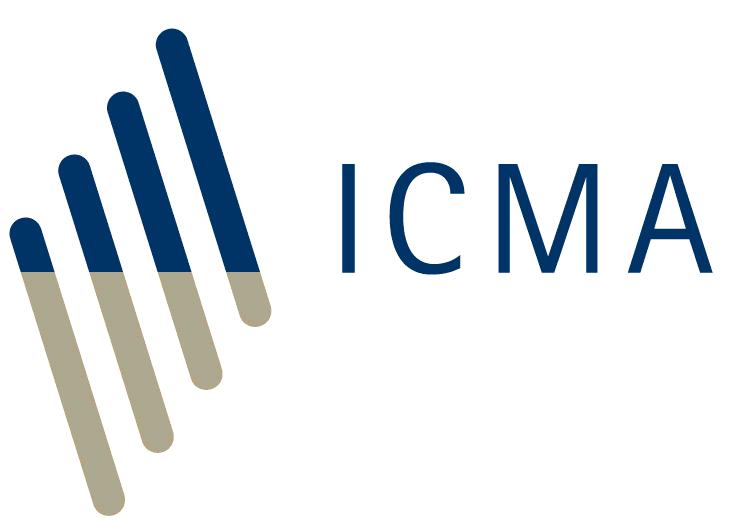<<< Previous page Next page >>>
The concern that emerged in 2012 over the collusive manipulation of widely-used interest rate benchmarks such as LIBOR and EURIBOR by banks on the fixing panels also served to highlight the long-standing problem of dwindling liquidity in longer-term unsecured interbank deposits on which such indices are based. For example, what have been the sources of rates such as 6, 9 and 12-month LIBOR and EURIBOR, given the thin or non-existent trading in such tenors over many years? The unsecured interbank deposit market had become increasingly illiquid since the 1990s and liquidity vanished entirely during the Great Financial Crisis that erupted in 2007. Illiquidity, even more than the manipulation of fixings, has called into question the validity of these traditional money market benchmarks. Manipulation can be prevented but liquidity cannot be invented. Given that liquidity has been migrating from unsecured to secured money markets, the logical question is whether a repo rate benchmark should be substituted for LIBOR, EURIBOR and other unsecured interbank deposit (IBOR) benchmarks.
The question has become more urgent following the announcement by the UK regulator that panel banks will no longer be required to contribute to LIBOR after 2021. It is expected that few, if any, will continue after this date and it is questionable whether other IBORs can survive much longer. Moreover, formerly reliable unsecured overnight benchmarks such as EONIA have been undermined by the reduction in market liquidity caused by the exceptional monetary policies pursued by many central banks following the Great Financial Crisis and new regulation aimed at discouraging short-term wholesale market funding. As a consequence, regulators have been leading a search for virtually risk-free rates to act as replacement benchmarks for both overnight and term interest rates. Repo provides a virtually risk-free rate.
As a practical matter, it will be difficult to redesign or renegotiate the trillions of dollars of financial contracts currently linked to LIBOR, EURIBOR and other IBORs. And even if the legal obstacles can be overcome, the transition cost of switching to a new benchmark would be substantial.
A fundamental theoretical obstacle to the construction of any meaningful interest rate benchmark is the current fragmented state of the financial markets. Interest rate benchmarks have traditionally measured the average cost of wholesale funding to banks. However, heightened anxiety about counterparty credit risk has resulted in the tiering of banks in terms of perceived creditworthiness and cost of funding, undermining the idea of any average cost of funding.
If the repo rate were to be used as the source of a future interest rate index, it would have to be the GC repo rate given that this is cash-driven (see question 8). To produce a pure GC repo rate, it will be necessary to minimise the influence of the credit risk of the repo counterparties, the credit and liquidity risks of collateral and the correlation between the credit risks of the repo counterparty and collateral issuer (so-called wrong-way risk).
In the case of IBORs, the influence of counterparty credit risk has been minimised by taking quotes only from prime banks, something which has become increasingly difficult as bank credit ratings have generally deteriorated. In the case of repo, it is proposed to eliminate counterparty credit risk by using rates for repo cleared and therefore guaranteed by CCPs.
In order to eliminate the influence of collateral risks and wrong-way risk, the eligible collateral for repo would have to be government bonds in the relevant currency. Unfortunately, in the eurozone, frequently divergent perceptions of the creditworthiness of member states has fragmented the euro GC repo market into national segments. Moreover, as a result of the search by investors for safe havens, most high-quality government bonds are specials, trading at idiosyncratic rates reflecting the scarcity of supply for these bonds rather than the cost of cash-driven repo funding (see question 9). These problems contributed to the demise in December 2014 of Eurepo, which was the first attempt to construct a eurozone repo index.
One attempt to circumvent these problems is the MTS/NEX Markets family of Repo Financing Rates (RFR), in which a statistical filter trims the upper and lower quartiles of daily repo rates. In principle, the repo rates of risky countries should be trimmed off the top and the repo rates of specials should be trimmed off the bottom.
An alternative is to take rates from Eurex’s Euro GC Pooling market, which uses a rules-based algorithm to select the collateral. As collateral selection by the algorithm is post trade and therefore unknown when transactions are being priced, the repo rate could be considered to be a GC rate.
However, in all indices, there appears to be insufficient term business in repo to extend the yield curve beyond the very short term. Most proposals and plans for term indices therefore rely on the emergence of futures and interest rate swap markets to extrapolate term rates.
The manipulation of traditional indices such as LIBOR and EURIBOR has made both the market and the authorities cautious about the use of contributions from panels of banks or brokers’ associations (including the now defunct sterling Repo Overnight Index Average (RONIA)). There is a preference for using rates from sources such as trading venues, CCPs, and clearing and settlement systems, which also have the advantage of offering rates on transactions rather than quotes. However, such sources need to have wide market coverage in order to be useful. Ultimately, the success of any interest rate benchmark is likely to depend upon the degree to which it is correlated with the rates at which banks actually fund themselves.
Current repo rate indices include:
- STOXX GC Pooling Indices based on data from Eurex Repo’s Euro GC Pooling Market is a transaction-weighted overnight repo rate benchmark compiled from actual repo rates and volumes over the day on its Euro GC Pooling automatic repo trading system but supplemented in the longer tenors by quotes (albeit executable quotes).
- The GCF Repo Index published by the Depository Trust & Clearing Corporation (DTCC), which operates the CCP for the US repo market, is a family of three transaction-weighted overnight US dollar repo rate benchmarks for repos against US Treasury, Agency and Agency MBS collateral in the inter-dealer brokered CCP-cleared General Collateral Finance (GCF) market. It is compiled from actual repo rates and volumes over the day by the DTCC. A futures contract on the benchmark has been launched by NYSE LIFFE.
- The RepoFunds Rate published by MTS and NEX Markets since December 2012, starting with a family of three transaction-weighted one-day repo rate benchmarks for electronically-traded CCP-cleared repos against French, German and Italian euro-denominated government bond collateral, then a general eurozone benchmark and more recently, Belgian, Dutch and Spanish government bonds. This benchmark is based on a quasi-GC basket of collateral constructed by eliminating a constant percentage of outliers from rates on the BrokerTec and MTS automatic repo trading systems.
- The Secured Overnight Funding Rate (SOFR) launched by the Federal Reserve Bank of New York (FRBNY) in April 2018 as the US virtually risk-free rate. This is a transaction-weighted average of overnight repo rates for US Treasury securities on the US tri-party repo market, the GCF market operated by DTCC (which is one of the US CSDs) and the bilateral market cleared by the DVP Service operated by FICC (which is the CCP for US Treasuries and Agency securities). SOFR is the authorities’ contender to replace US dollar LIBOR.
- SARON, which is the overnight repo member of the family of Swiss Reference Rates developed by the Swiss National Bank (SNB) and the Swiss Exchange. SARON is a weighted-average of transaction prices and quotes on the SIX Repo ATS operated by the Swiss Exchange. It has been adopted as the Swiss virtually risk-free rate to replace Swiss franc LIBOR.
Unlike the FRBNY and SNB, the Bank of England has not adopted a repo-based virtually risk-free rate. It has instead reformed the unsecured sterling overnight index SONIA by taking control of its fixing and using transaction rates reported under its money market reporting regime. The decision to reform SONIA was driven by market objections to the transition cost of switching to a secured benchmark (something to which the Swiss market was not exposed). The Bank of Japan has retained the Tokyo uncollateralised overnight call money index, TONAR. The ECB is proposing to replace EONIA with a new unsecured index called the Euro Short-Term Rate or ESTER.
Back to Frequently Asked Questions on Repo contents page
<<< Previous page Next page >>>







